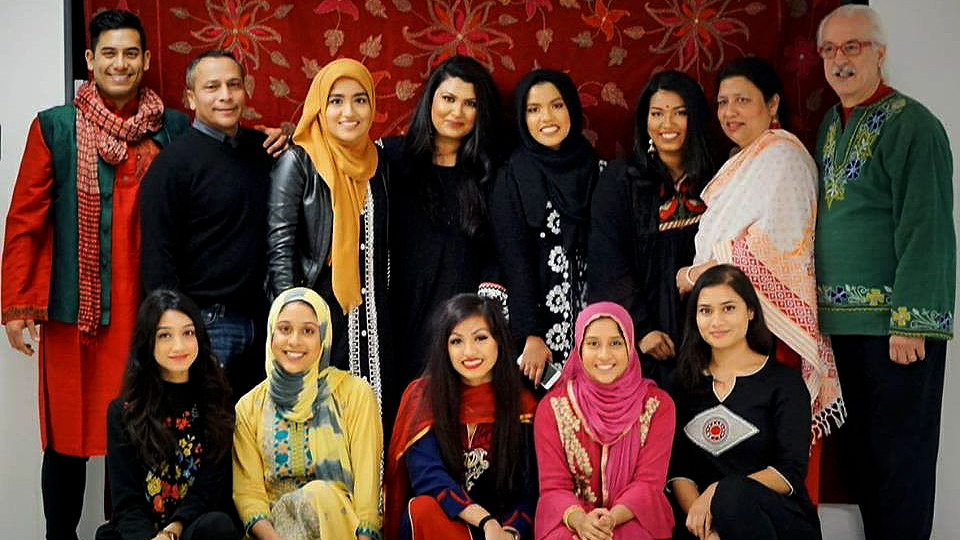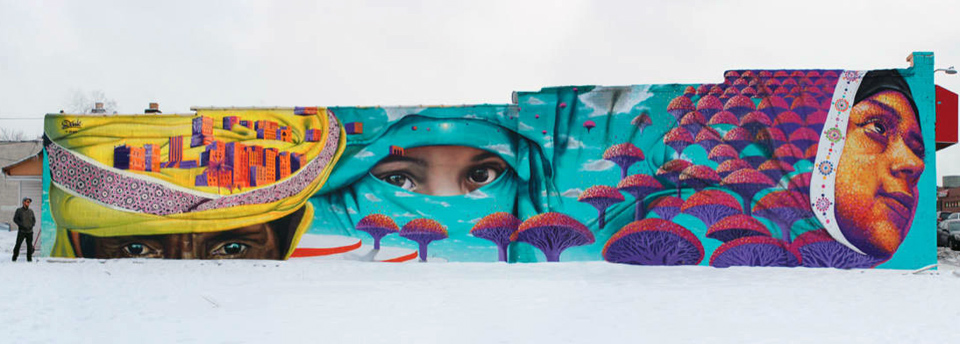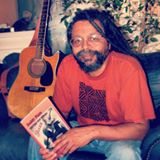
Bill Meyer is a do-it-yourself kind of guy.
“I’m the kind of guy who just reads books and watches videos and learns how to do something,” he says. “I do a lot of physical work, like roofing and siding. I try to keep active. I pretty much do all my construction and plumbing. I’ve learned many skills.”
The 73-year-old admits that he doesn’t go up on the roof anymore. But don’t fault a guy who has learned to do so many different things. The list is long, as he has steadily added accomplishments over time.
The thing Meyer is probably most known for right now is for being the pianist in the 17-years-running Thursday night jazz jam session at Bert’s Marketplace in Eastern Market. He’s the B in the RGB Trio, along with bassist Ralphe Armstrong and drummer Gayelynn McKinney. It’s the preeminent jazz jam session in town, and it attracts nationally known musicians who are passing through, and, as Meyer says, “Most every artist in Detroit has passed through there.”
Vocalist Dede McNeil started the session in 2001 but let it go after one year. Meyer has been the main cog holding it together since then. It’s a mantle he’s loathe to accept.
“We built it as a community project,” Meyer says of the jam session. “The audience is involved as much as the people on the stage. This is a cultural base for the community and I’m just honored to be a part of it.”
Being part of the community is key to pretty much everything Meyer does. He’s a cultural community activist. His home is in Hamtramck and he’s built strong community ties in his 19 years there. Meyer was a founding member of OneHamtramck, an independent progressive organization dedicated to bringing communities together. Hamtramck, a city known as an immigrant destination, seems the right place for bringing diverse communities together.
OneHamtramck has sponsored three major cultural projects since its beginning in 2007. The first project is “Home Suite: Coming to Hamtramck,” a multimedia film-music-dance project about immigrants who came to Hamtramck and their experience of leaping cultures. Meyer’s compositions are featured in the presentation.
This is the opening video played before the live performance of The Home Suite: Coming to Hamtramck written by Bill Meyer and performed by the Hamtramck World Music Ensemble. “Welcome” is written and sung by Jon Fromer.

The second big OneHamtramck cultural project is the 80-feet by 30-feet mural, “Middle East: Coming to Hamtramck,” which is rooted in Hamtramck’s Yemeni community. It graces the side of Sheeba Restaurant and was created by Dasic Fernandez. The mural features three images of Yemeni Americans – a young girl with a veiled face, a woman wearing a hijab, and an older woman whose eyes reveal deep thoughts. It’s on the side of the building where the Sheeba Restaurant is located.
The newest project is a mural dedicated to the city’s Bangladeshi community. Muralist Marka27 will be painting from June 11-16 on the east wall of Bridge Academy West on the border of Hamtramck and Detroit. A dedication celebration is scheduled there on June 17.
Most of the $50,000 cost of the mural was raised from private donors, a source of pride to Meyer. OneHamtramck is an LLC organized somewhat as a nonprofit would be run. He is quick to point out that OneHamtramck is “non-governmental, no politicians or elected officials. It’s a community-based organization.”
Meyer has opinions when it comes to politics and politicians. “‘Progressive’ is not a strong enough word,” he says. “I define myself as more of a revolutionary, anti-capitalist, anti-imperialist. I’m supportive of anybody that wants to bring about a fair and just system.”
Well, that’s a strong opinion. Wonder if he learned that from a book or a video. At the very least Meyer is a do-it-yourself activist. For instance, he and his wife Twyla have run a film series out of their home for more than 50 years — just because they like to do it.
“It’s always been to experience the filmmaking artistry, to learn about film as an art,” Meyer says. “Although the last 20 years, it’s focused more on progressive cinema, films of progressive social content. It’s a love of art and politics together, progressive politics. I’ve always been a film lover. I used to show films to my friends in the basement when I was a kid with my 8-millimeter projector.”
Although the film screenings have mostly been in the living room, Meyer reaches into the larger film world, attending film festivals in Toronto and Tribeca, and Michael Moore’s festival in Traverse City. He’s written film reviews for People’s World and the Hollywood Progressive magazines.
It’s not just film drama that enthralls Meyer. He’s taken it to the live stage too. Several years back he presented the Real Ambassadors, a jazz musical by Dave and Iola Brubeck, at the Detroit International Jazz Festival. Meyer has been music director for several stage productions. One example is The Forgotten Man’s Radio Hour, a musical tour through the turbulent labor politics of the 1930s. And just to prick your memory, he was also music director for Forgotten: The Murder at the Ford Rouge Plant, a jazz opera written by Steve Jones.
Meyer’s jazz band will be playing at Schoolcraft College’s Michigan Jazz Festival in July. And he’s played with numerous noted jazz artists — Cab Calloway, Natalie Cole — and he even toured with trumpeter Marcus Belgrave for several years. But Meyer doesn’t want to be called a jazz musician, and chafes at any notion that would fence in his possibilities.
“I don’t like to have limits,” says Meyer, who was music director at Wayne State University’s school of dance for 30 years. “I’m a musician; there ain’t a style of music I wouldn’t want to play. … That’s what most of my activism is, learning about each other and learning about each other’s cultures.”
Maybe all that harmonizing on the piano has brought him to see the possibilities of harmony between people. We sorely need more of that kind of attitude in today’s social and political environment. At a time when many political leaders are espousing separation and hatred of others, it’s refreshing to see a person like Meyer who is dedicated to understanding and bringing communities together. It’s a celebration of who we all are, and the possibilities that grow from there.
“The program on the 17th will feature the Bangladeshi community and the artists,” Meyer says. “The mural is community sponsored, community funded, and community created. It represents as wide a spectrum of the Bangladeshi community as possible.”
Maybe it takes a person with curiosity and a willingness to learn new things to see the connections between people and not the divisions. It’s a person like Meyer who can take the differences of tone and complexity as components to seek a higher sense of harmony on the keyboard — and as a key to life.
Reprinted with permission from Detroit Metro Times.










